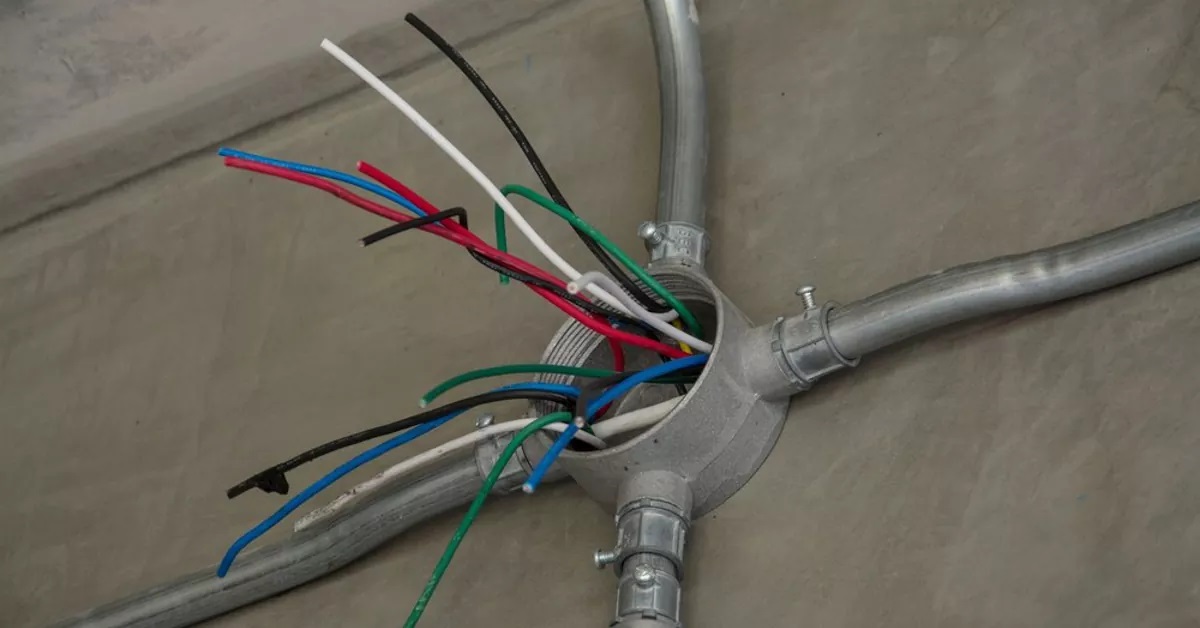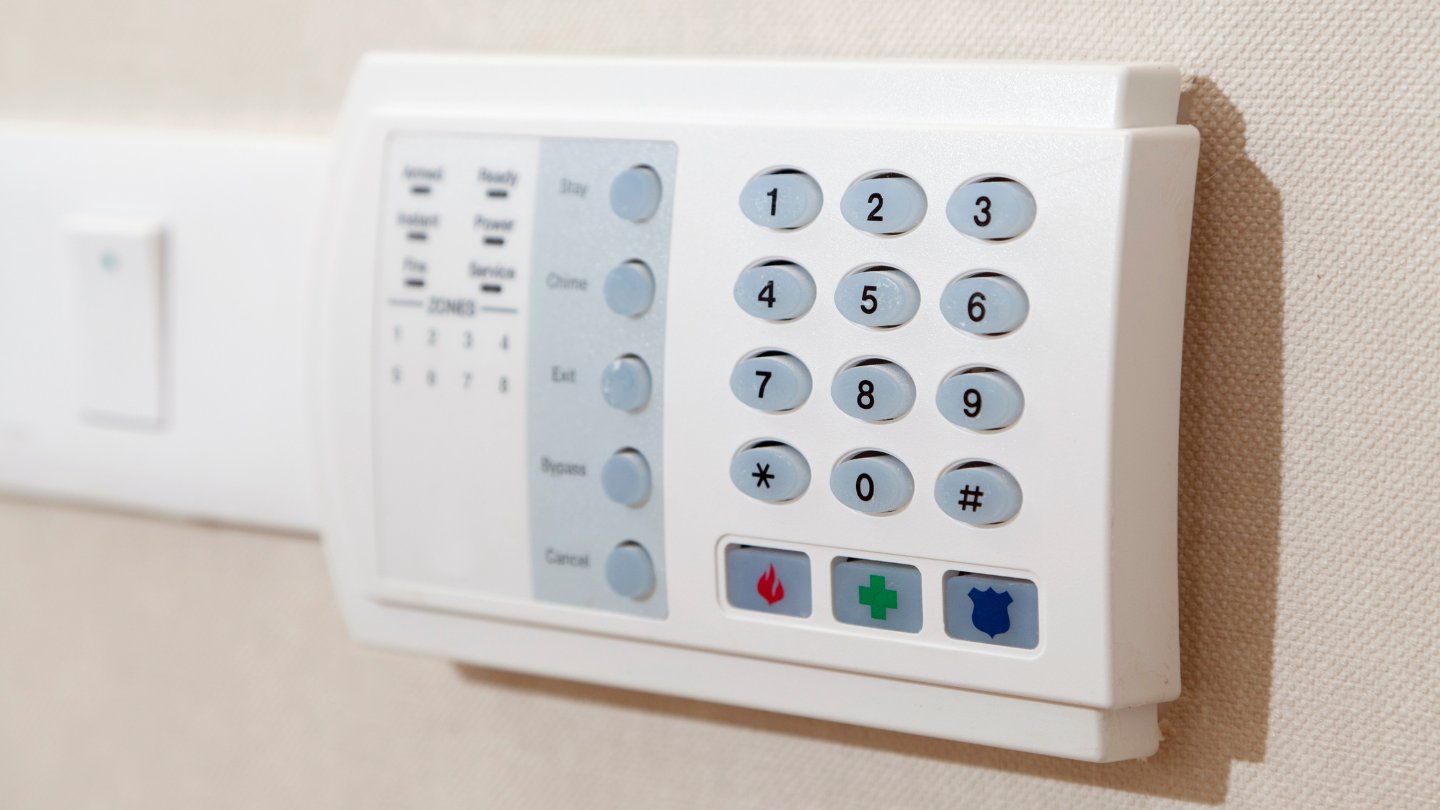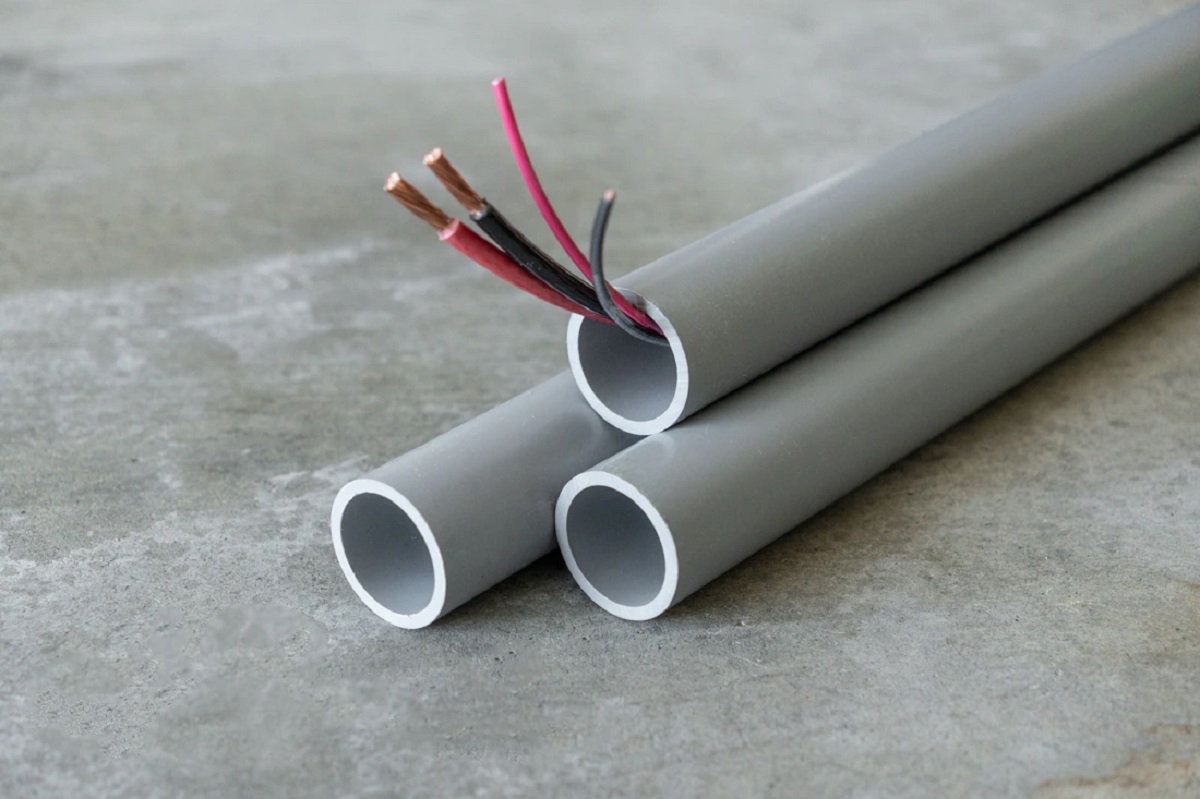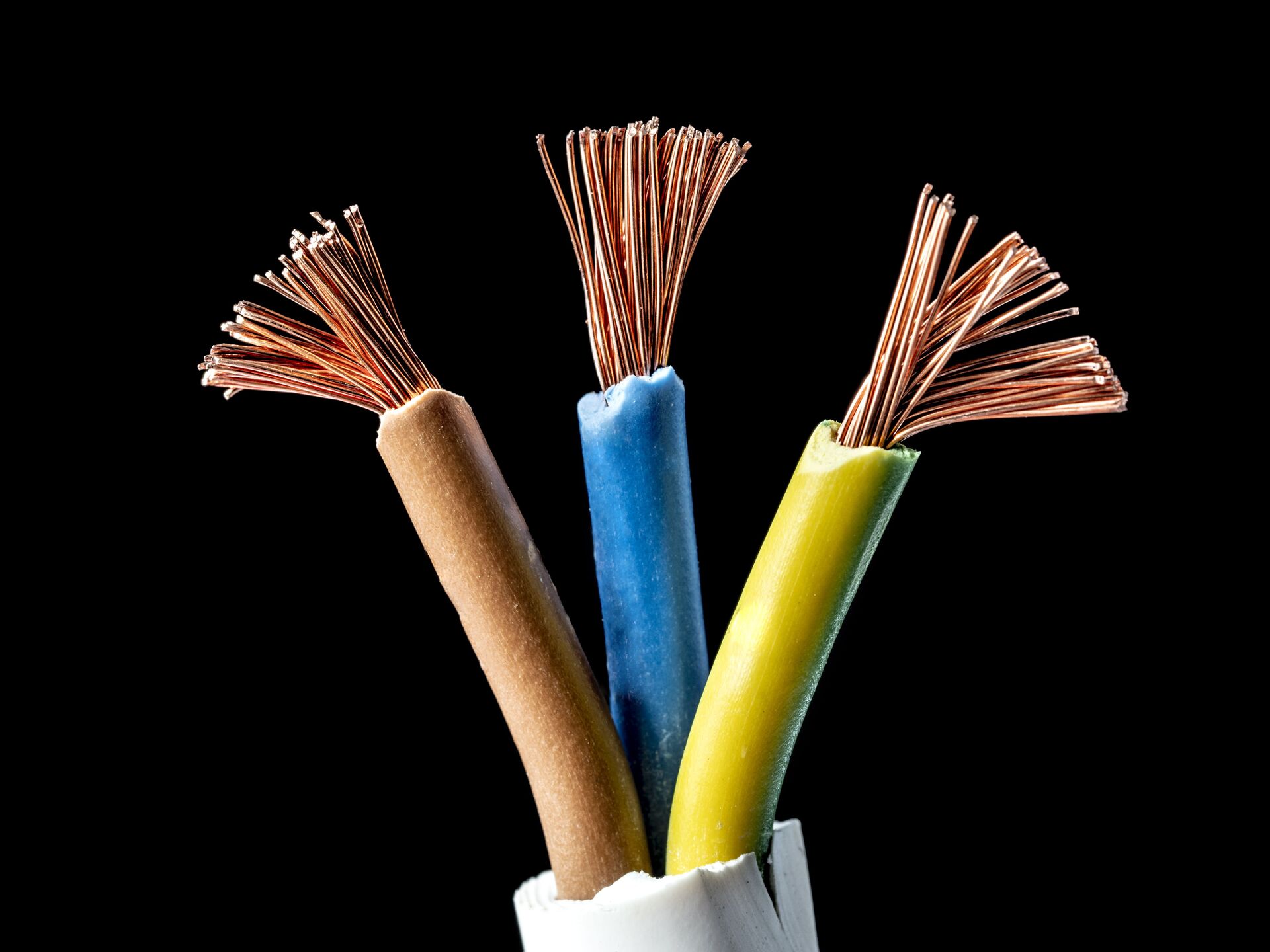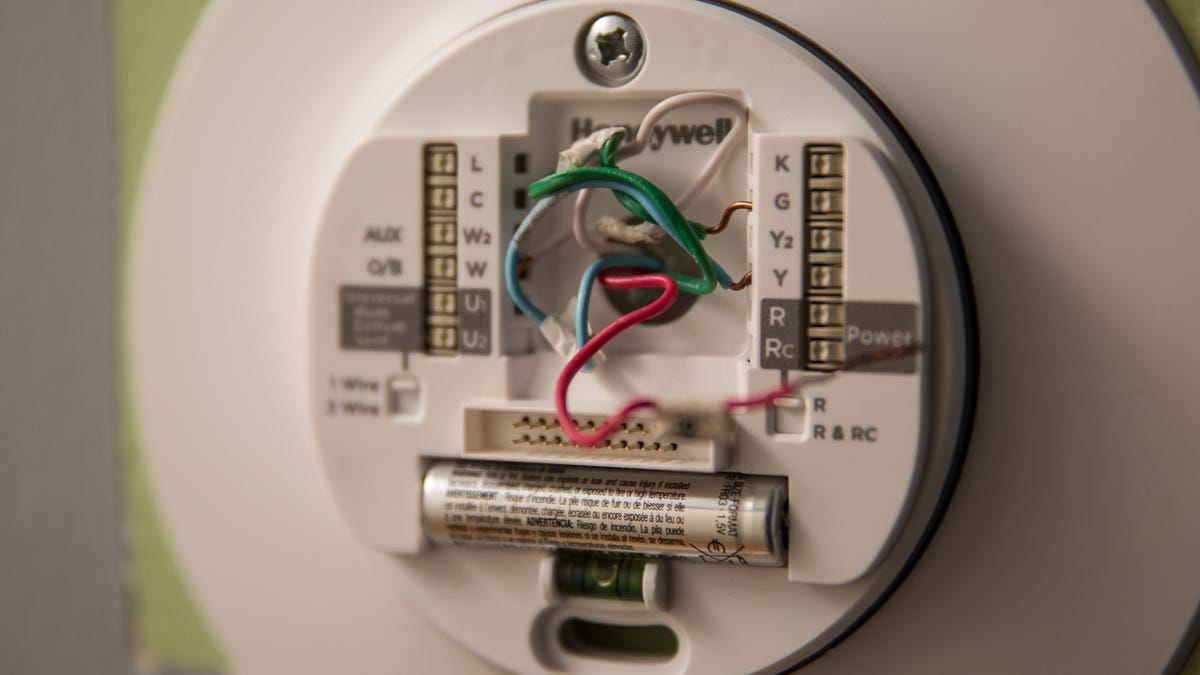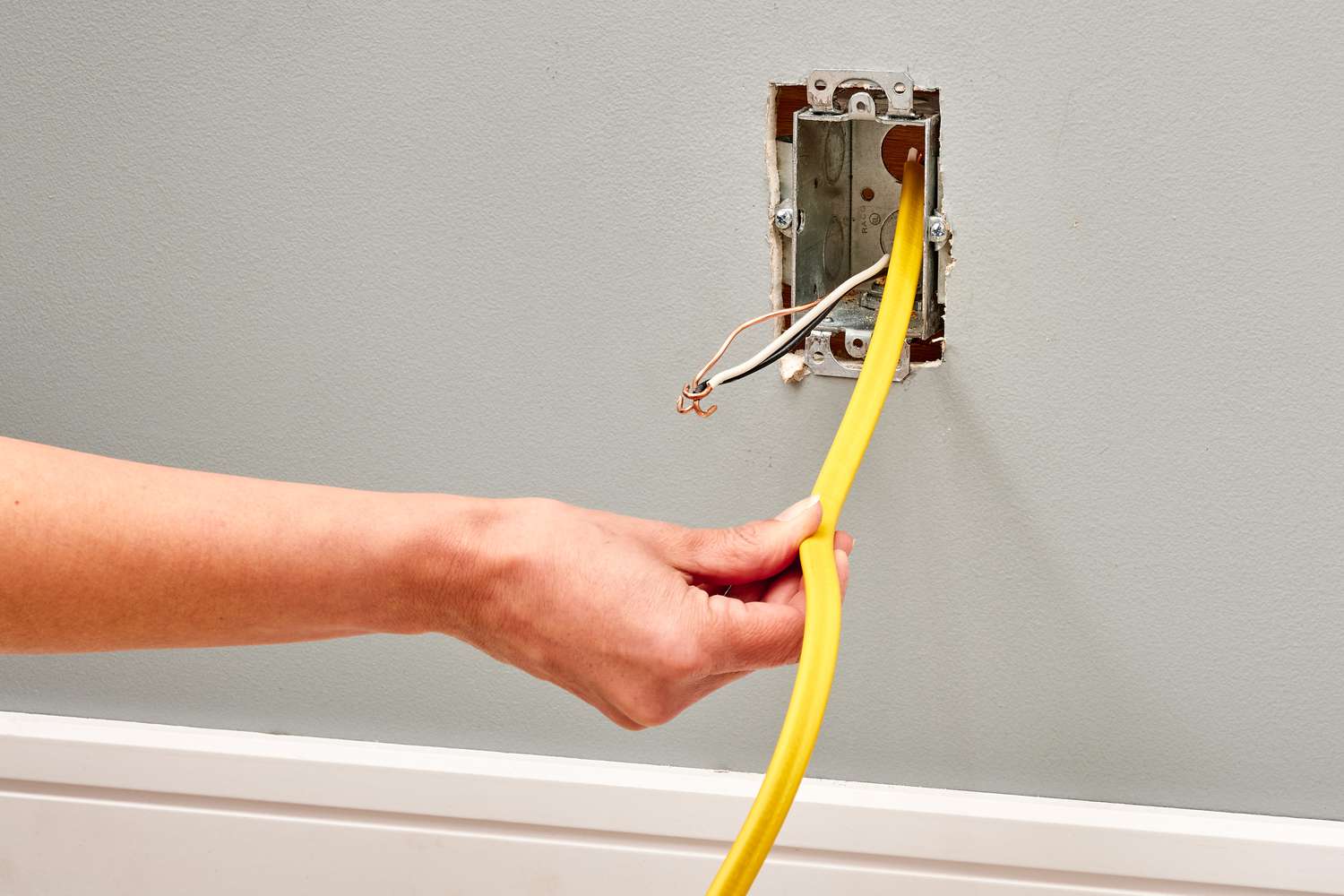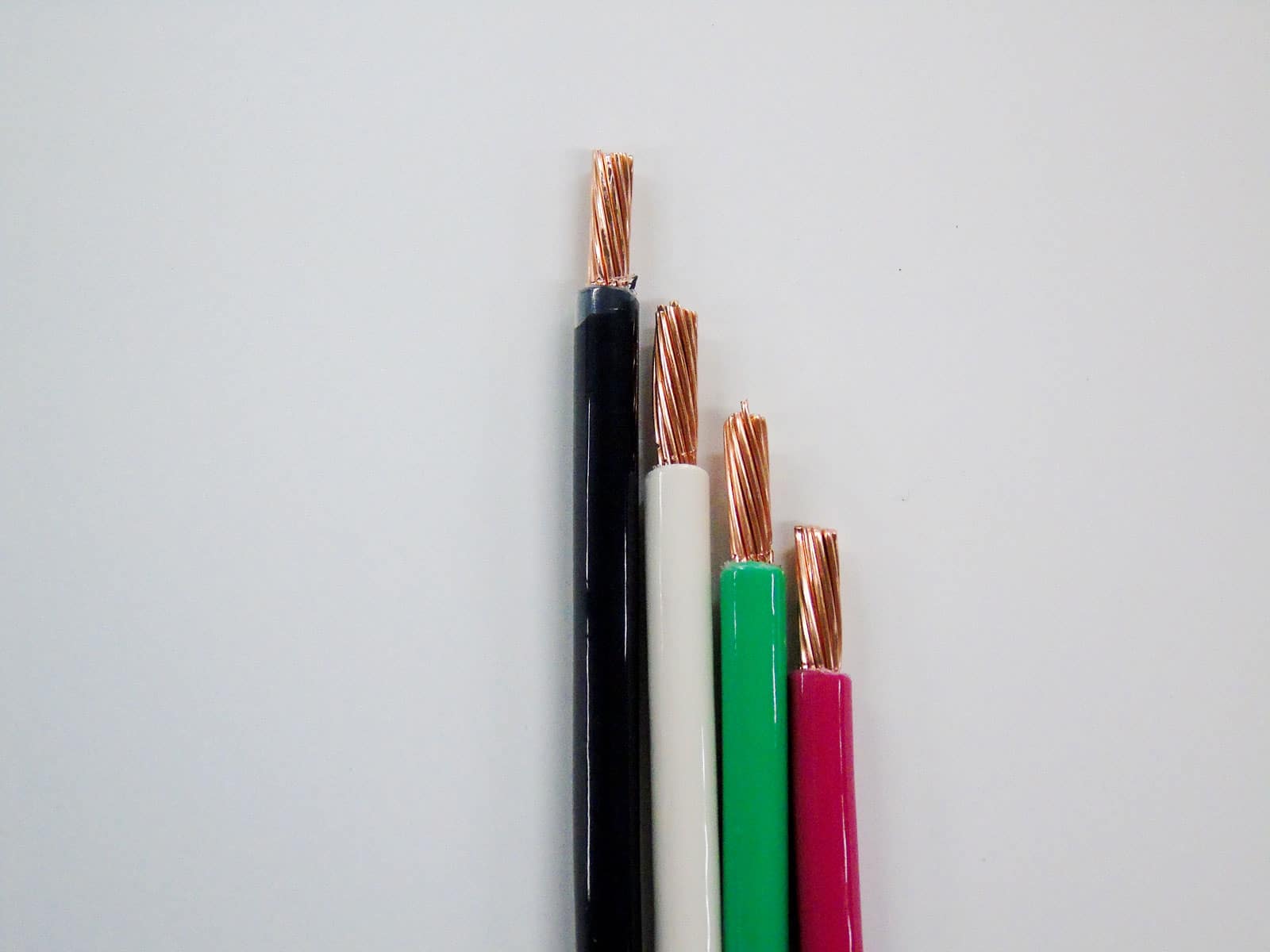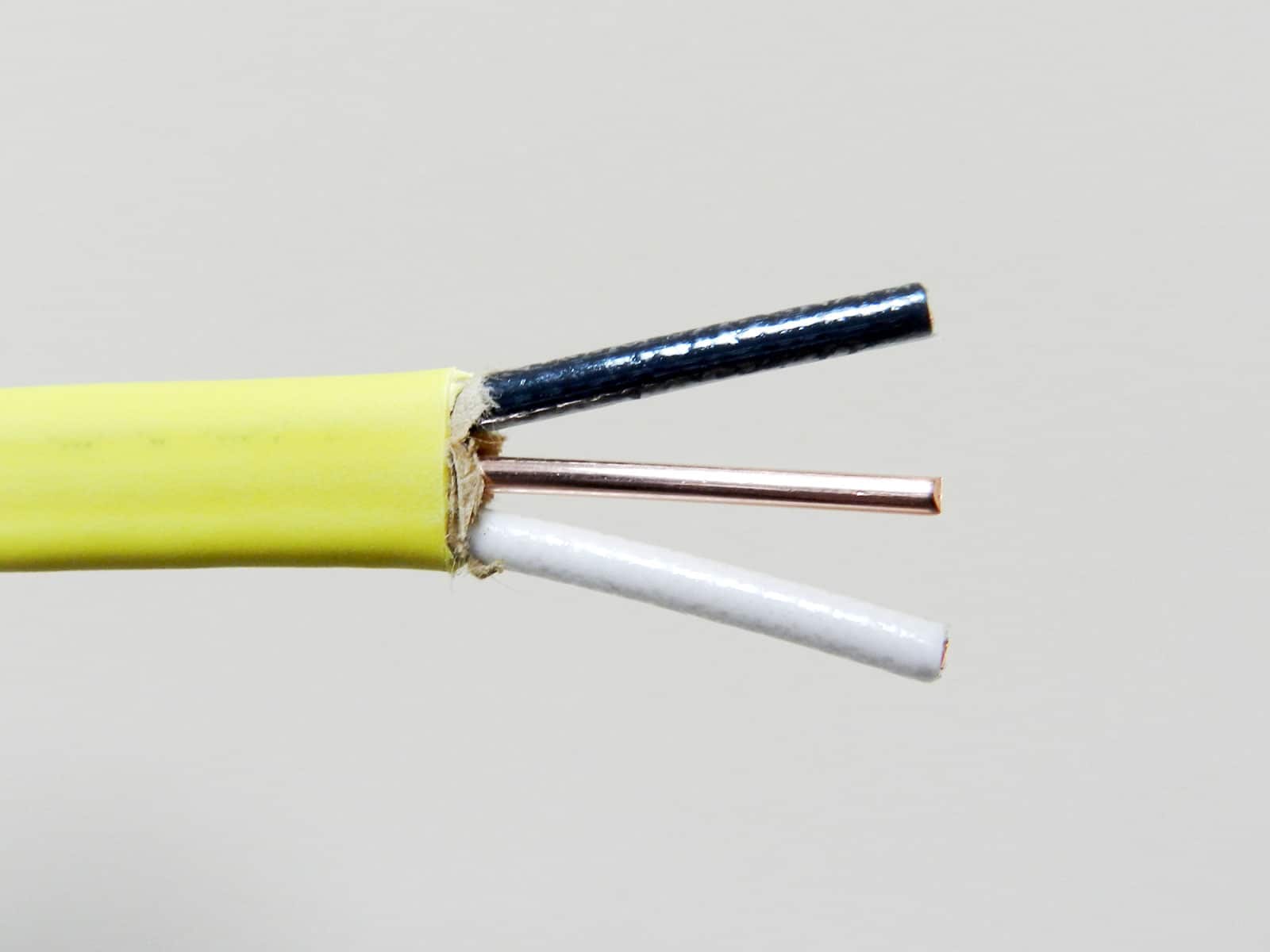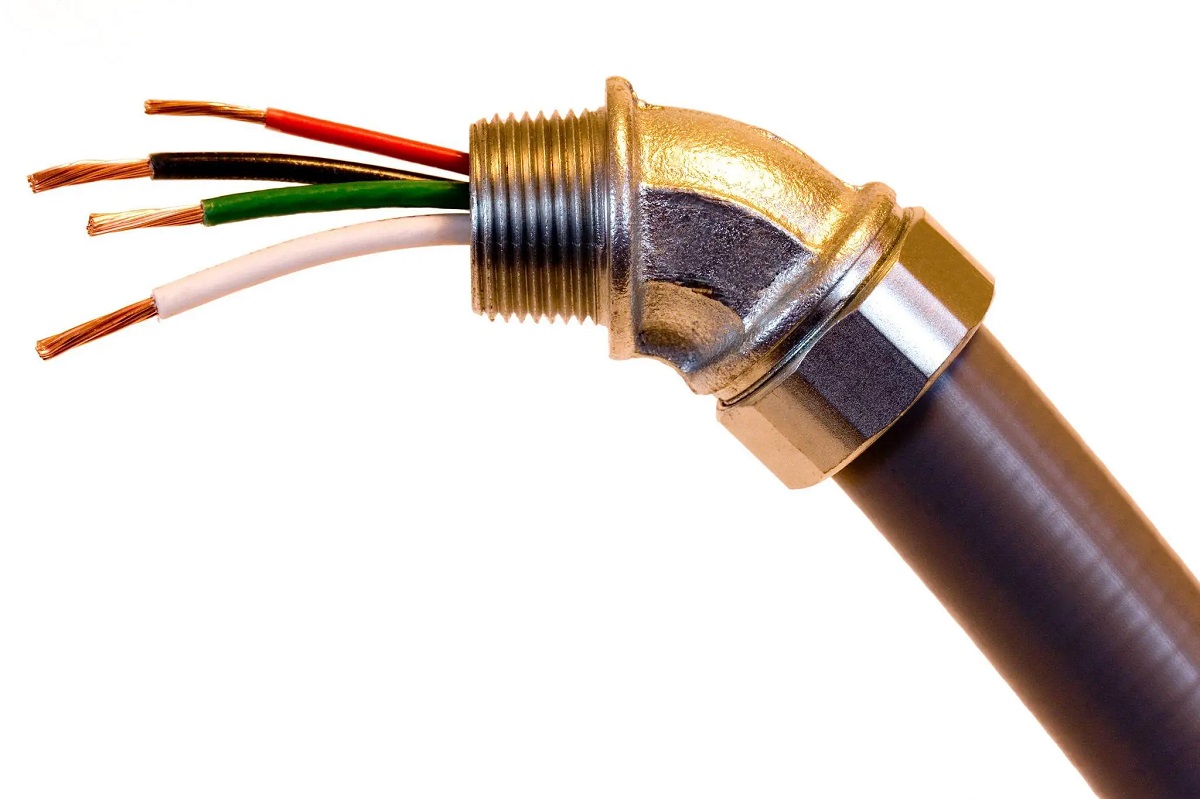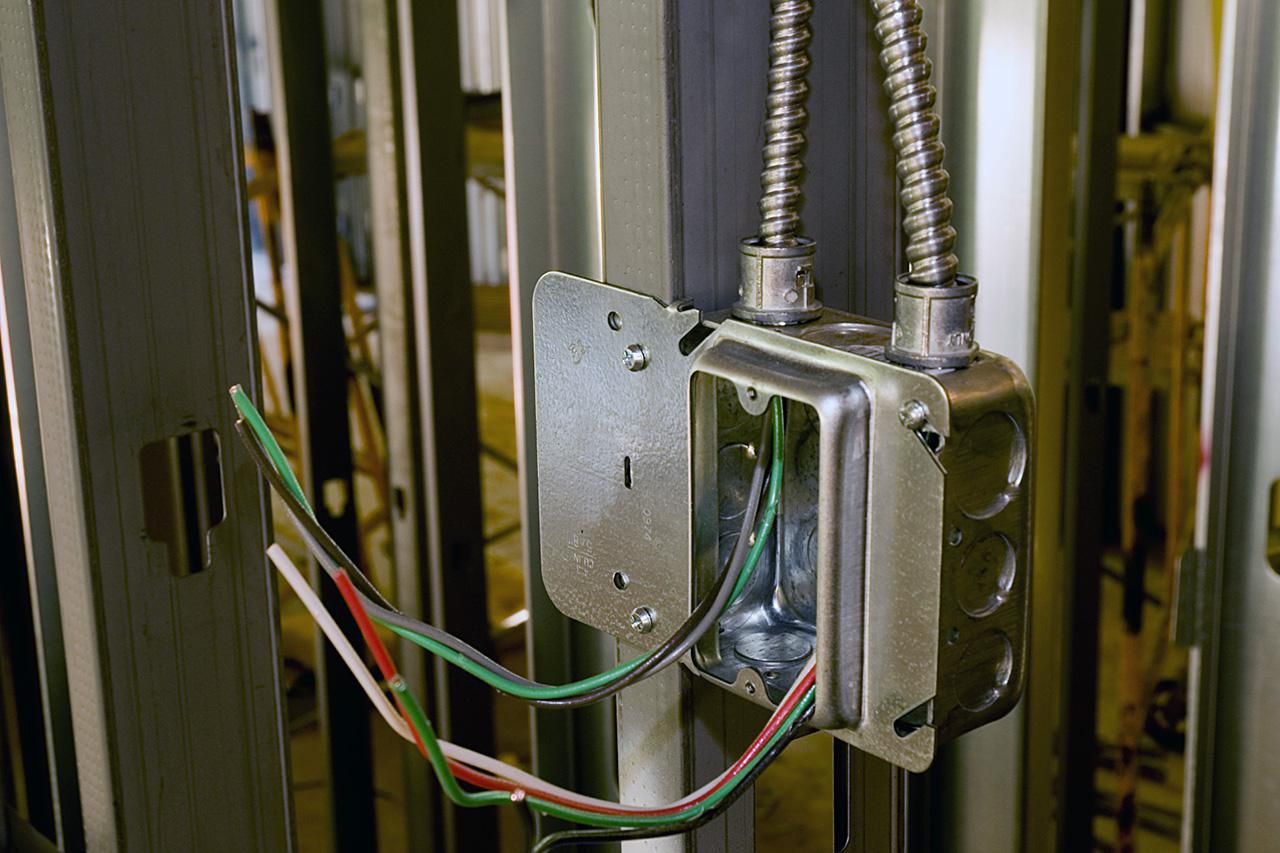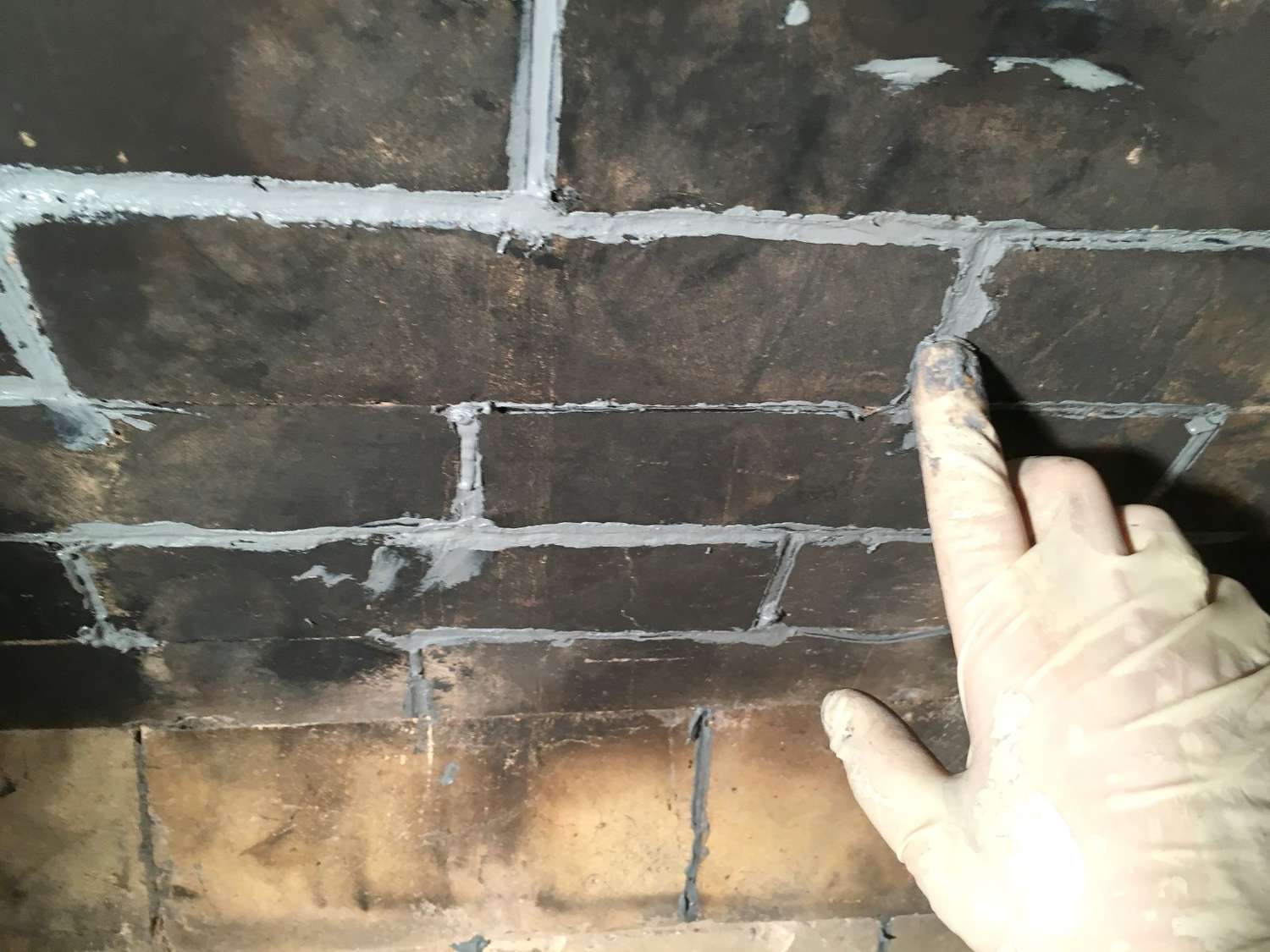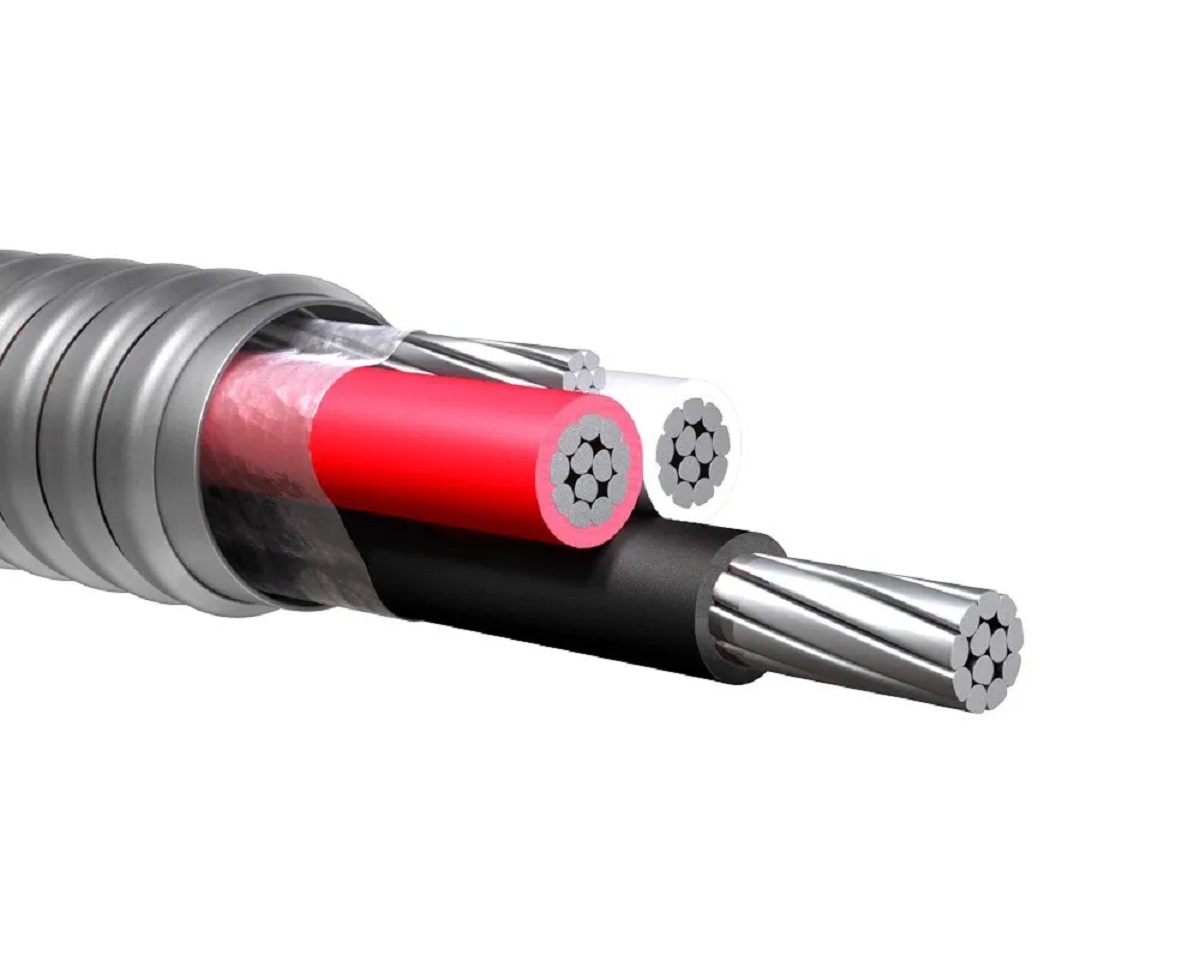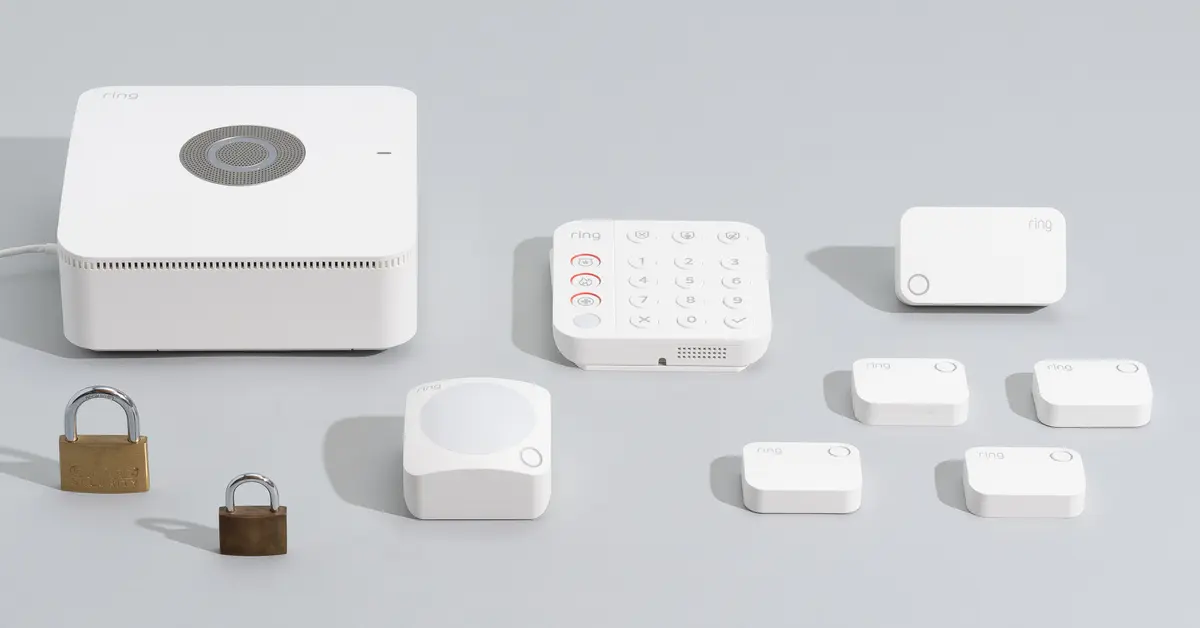Home>Home Security and Surveillance>What Kind Of Wire Is Used For Alarm Systems
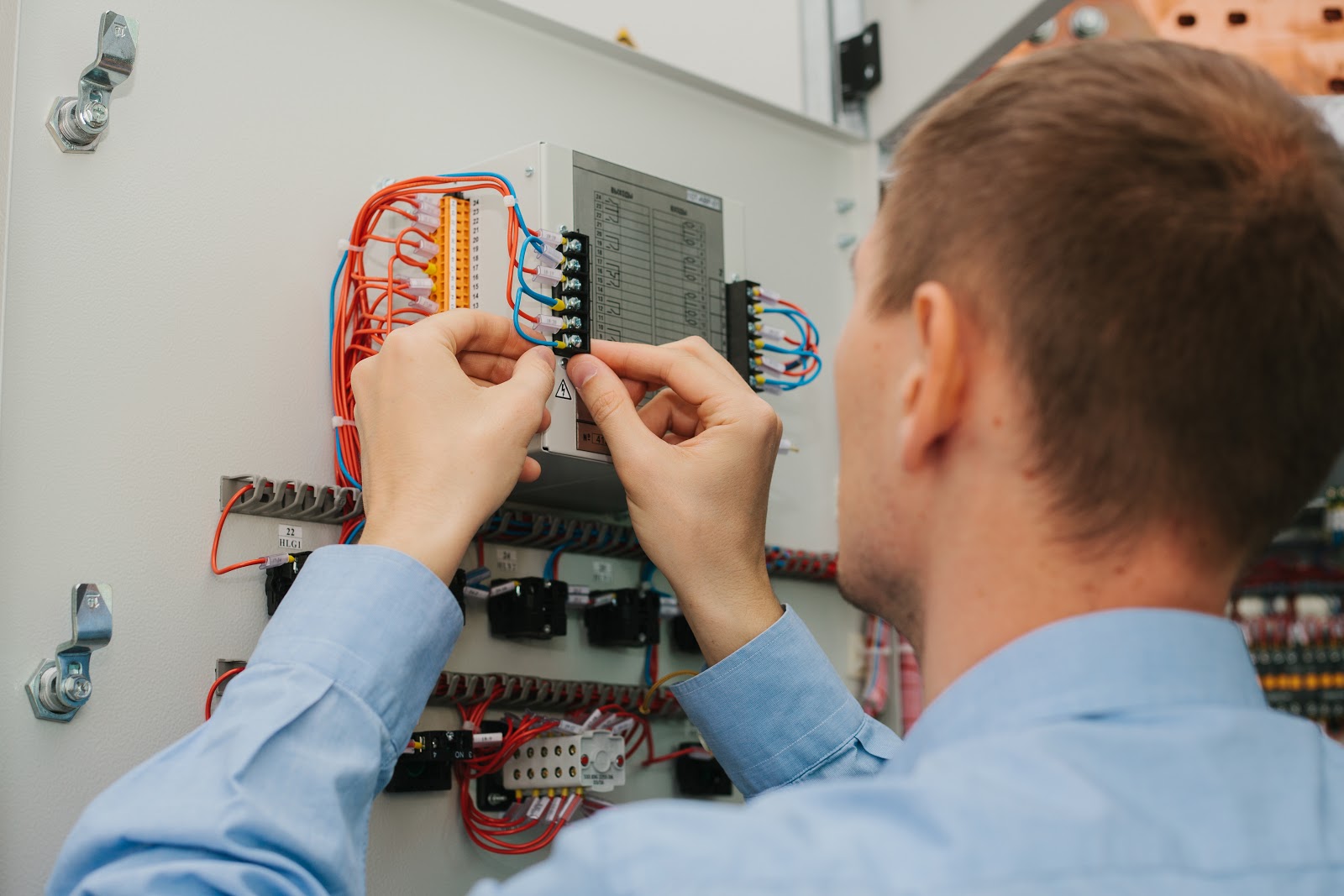

Home Security and Surveillance
What Kind Of Wire Is Used For Alarm Systems
Modified: August 28, 2024
Choosing the right wire for your home security and surveillance alarm systems is crucial. Find out what kind of wire is best suited for your needs.
(Many of the links in this article redirect to a specific reviewed product. Your purchase of these products through affiliate links helps to generate commission for Storables.com, at no extra cost. Learn more)
Introduction
Home security and surveillance systems have become essential in today’s world, providing homeowners with peace of mind and protection against potential threats. Whether you want to safeguard your property against burglaries or keep an eye on your loved ones and belongings, having an alarm system in place is crucial. And when it comes to installing alarm systems, one key element that often goes overlooked is the choice of wire.
The wire used in alarm systems plays a vital role in ensuring reliable and effective communication between various components of the system. It serves as the backbone that carries signals and power, allowing the system to function seamlessly. Choosing the right wire is essential to maximize the performance, longevity, and overall effectiveness of your home security and surveillance setup.
In this article, we will explore the different types of alarm systems, the importance of selecting the right wire, the common types of wire used for alarm systems, factors to consider when choosing alarm system wire, the installation process, and maintenance and troubleshooting tips. So, let’s dive in and discover everything you need to know about choosing the right wire for your alarm system.
Key Takeaways:
- Choose the right wire for your alarm system to ensure reliable signal transmission, efficient power distribution, and durability, maximizing the effectiveness of your home security setup.
- Consider factors like wire gauge, wiring distance, environmental conditions, and fire safety regulations when selecting alarm system wire, ensuring optimal performance, longevity, and safety for your home security and surveillance system.
Read more: What Kind Of Tape Is Used For Alarm Systems
Types of Alarm Systems
Before delving into the various types of wire used in alarm systems, it’s important to have a basic understanding of the different types of alarm systems available in the market. Alarm systems can be categorized into two broad categories: wired and wireless.
1. Wired Alarm Systems: Wired alarm systems, as the name suggests, rely on physical wiring to connect all the components together. These systems usually consist of a central control panel, various sensors (such as door/window sensors and motion detectors), and an alarm sounder. The wires connect all the components, allowing for seamless communication and operation.
Wired alarm systems are known for their reliability and stability. Since they use physical connections, there is minimal risk of interference or signal loss. They are often preferred for larger properties or commercial buildings, where a more robust and secure system is required.
2. Wireless Alarm Systems: In contrast to wired systems, wireless alarm systems utilize wireless technology to transmit signals between components. These systems typically employ radio frequency or Wi-Fi signals to establish communication. Wireless alarm systems are easy to install and offer flexibility in terms of component placement.
Thanks to advancements in technology, wireless alarm systems have become increasingly popular among homeowners. They are ideal for smaller homes or rental properties where drilling holes for wiring may not be feasible or allowed. However, it’s worth noting that wireless systems may be more susceptible to signal interference or hacking.
Both wired and wireless alarm systems have their own unique advantages and disadvantages. The choice between the two depends on various factors, such as the size of your property, your specific security needs, and the level of convenience you are looking for. Now that we have a better understanding of the types of alarm systems, let’s explore the significance of choosing the right wire for your system.
Importance of Choosing the Right Wire
When it comes to home security and surveillance systems, choosing the right wire may not seem like a critical consideration. However, it plays a crucial role in the overall performance, reliability, and longevity of your alarm system. Here are some key reasons why selecting the appropriate wire is of utmost importance:
1. Signal Integrity: The wire used in alarm systems is responsible for carrying signals between the various components of the system, such as sensors, control panels, and alarm sounders. A poor-quality or improperly installed wire can result in signal degradation, leading to false alarms or unreliable system performance. Choosing the right wire ensures optimal signal transmission, minimizing the risk of communication errors and false alarms.
2. Power Distribution: Alarm systems require a power source to function effectively. The wire acts as a conduit for delivering power to the different components of the system. It is crucial to select a wire that can handle the power requirements of your alarm system without causing overheating or voltage drops. The right wire will ensure efficient power distribution, preventing any disruptions in the system operation.
3. Durability and Longevity: Home security systems are designed to safeguard your property and loved ones for years to come. Selecting a wire that is durable and built to withstand environmental factors, such as temperature fluctuations or exposure to moisture, is vital. A high-quality wire will resist wear and tear, ensuring the longevity of your alarm system and minimizing the need for frequent maintenance or replacements.
4. Compatibility: Different alarm systems may have specific requirements when it comes to the wire used. It’s essential to choose a wire that is compatible with your specific system. This ensures seamless integration and reliable communication between the components, resulting in a fully functional and efficient alarm system.
5. Safety Considerations: Safety is paramount when it comes to any electrical installation. Using the wrong wire or improper installation techniques can pose a significant safety risk. It’s crucial to choose a wire that meets safety standards and is suitable for your specific alarm system. This will help prevent electrical hazards and ensure the overall well-being of your household.
Overall, selecting the right wire for your alarm system is a crucial step in ensuring its effectiveness, reliability, and longevity. It’s worth consulting with professionals or doing thorough research to determine the best wire option for your specific needs. In the following sections, we will explore the common types of wire used in alarm systems and factors to consider when selecting the appropriate wire.
Common Types of Wire Used for Alarm Systems
When it comes to choosing the wire for your alarm system, there are several common types that are widely used in the industry. Each type has its own unique characteristics and is suitable for specific applications. Here are some of the most commonly used wires for alarm systems:
1. Solid Copper Wire: Solid copper wire is one of the most basic and widely used types of wire for alarm systems. It consists of a single solid copper conductor, which offers excellent conductivity and durability. Solid copper wire is known for its low resistance, which ensures efficient signal transmission and minimal signal loss. It is commonly used for short distance wiring between components in alarm systems.
2. Stranded Copper Wire: Stranded copper wire is made up of multiple smaller strands of copper wire twisted together. This makes it more flexible than solid copper wire, allowing for easier installation and routing through walls, ceilings, and other tight spaces. Stranded wire is less prone to breakage and cracking compared to solid wire, making it a popular choice for longer distance wiring in alarm systems.
3. Shielded Twisted Pair (STP) Wire: Shielded twisted pair wire consists of multiple pairs of insulated wires, with each pair twisted together. It also features a protective shield around the pairs, which helps minimize electromagnetic interference (EMI) and radio frequency interference (RFI). STP wire is ideal for alarm systems that require long wiring runs or are located in areas with high levels of electrical noise or interference.
4. Unshielded Twisted Pair (UTP) Wire: Unshielded twisted pair wire is similar to shielded twisted pair wire but lacks the protective shield. It is commonly used for shorter distance wiring in residential alarm systems. UTP wire is more susceptible to EMI and RFI, but it is more cost-effective and easier to work with compared to shielded twisted pair wire.
5. Plenum-Rated Wire: Plenum-rated wire is specifically designed for use in air handling spaces, such as ducts or plenum ceilings. It has a special insulation that meets fire safety codes and significantly reduces the spread of flames and toxic fumes in case of a fire. Plenum-rated wire is commonly used in commercial or multi-story buildings where strict fire safety regulations apply.
These are just some of the common types of wire used in alarm systems. It’s important to assess your specific requirements, such as the distance between components, environmental factors, and any special considerations, to determine the most suitable wire type for your alarm system. Consulting with a professional or contacting the manufacturer of your alarm system can help ensure you choose the right wire for your specific needs.
When choosing wire for alarm systems, look for stranded copper wire with a gauge between 18-22. This type of wire is flexible, easy to work with, and provides reliable connectivity for your alarm components.
Factors to Consider When Selecting Alarm System Wire
Choosing the right wire for your alarm system goes beyond just selecting a specific type. There are several factors that you should consider to ensure that the wire meets the requirements of your specific installation. Here are some key factors to keep in mind when selecting alarm system wire:
1. Wire Gauge: The gauge of the wire refers to its thickness or diameter. A lower gauge number indicates a thicker wire. When selecting the wire gauge, consider the power requirements of your alarm system and the distance between components. Thicker wire (lower gauge) is recommended for longer distances or systems with higher power demands to minimize voltage drops.
2. Wiring Distance: Take into account the distance between the various components of your alarm system. If you have a large property or a system with components spread far apart, you may need to choose a wire with better conductivity to ensure reliable signal transmission over longer distances.
3. Environmental Factors: Consider the environmental conditions in which the wire will be installed. If the wire will be exposed to moisture, extreme temperatures, or other harsh conditions, choose a wire that is specifically designed to withstand those conditions. This will ensure the longevity and reliability of your alarm system.
4. Compatibility: Ensure that the wire you choose is compatible with your alarm system and other components. Check the specifications provided by the manufacturer to determine if there are any requirements or recommendations for the wire type, gauge, or other specifications.
5. Fire Safety: In some cases, building codes or regulations may require the use of fire-rated or plenum-rated wire. If your alarm system is being installed in commercial or multi-story buildings, check with local authorities to understand any specific regulations related to fire safety and wire selection.
6. Future Expansion: Consider the potential for future expansion or upgrades to your alarm system. If you anticipate expanding or adding more components in the future, it’s wise to choose a wire that allows for easy scalability.
7. Budget: Lastly, take your budget into account. Different types of wire come at varying price points, so weigh the cost against the requirements and benefits of your specific installation. Keep in mind that investing in high-quality wire can save you money in the long run by minimizing maintenance and replacement costs.
By carefully considering these factors, you can select the right wire for your alarm system, ensuring optimal performance, reliability, and longevity. Consulting with professionals or experts in the field can provide further guidance and help you make an informed decision.
Read more: What Kind Of Electrical Wire To Use Outside
Installation Process for Alarm System Wire
The installation process for alarm system wire may vary depending on the specific requirements of your system and the layout of your property. However, here is a general overview of the steps involved in installing alarm system wire:
1. Plan and Prepare: Begin by assessing your property and identifying the areas where you need to install the alarm system wire. Plan the routing of the wire, ensuring that you take into account the distance between components and any obstacles or obstructions that may require special consideration.
2. Gather Tools and Materials: Before starting the installation process, gather all the necessary tools and materials. This may include wire cutters, wire strippers, a staple gun or cable clips for securing the wire, screws or brackets for mounting components, and any connectors or terminals required for connecting the wire to the system.
3. Run the Wire: Start by running the wire from the central control panel to the various components of the system, such as sensors, keypads, and alarm sounders. If you are using a wired system, you will need to run the wire through walls, ceilings, or other hidden areas. If you are using a wireless system, the wire is mainly used for power supply and connecting components that require a wired connection (e.g., control panel to keypad).
4. Secure the Wire: Once the wire is in place, secure it using staples, cable clips, or any suitable method to prevent it from being damaged or getting tangled. Ensure that the wire is properly secured but not overly tight, as excessive tension can cause damage to the wire.
5. Connect the Wire: Depending on the type of wire and the components you are connecting, you may need to strip the insulation from the wire ends and attach connectors or terminals. Follow the manufacturer’s instructions or consult with professionals to ensure proper and secure connections.
6. Test the System: After the wire installation is complete, it’s essential to test the alarm system to ensure that all components are functioning correctly. Test each sensor, keypad, and alarm sounder to verify that they are communicating with the control panel and triggering the appropriate responses.
7. Conceal the Wire (Optional): If desired, you can conceal the wire by hiding it behind baseboards, in wall conduits, or using other methods to maintain a clean and professional appearance. However, remember that accessibility is essential for maintenance and troubleshooting purposes, so ensure that the wire can still be accessed if needed.
It’s worth noting that the installation process may require specific knowledge and skills. If you are not confident in your abilities, it is recommended to hire a professional installer to ensure a proper and efficient installation of your alarm system wire.
Remember, safety should always be a top priority during the installation process. Make sure to adhere to any applicable electrical codes, turn off power when necessary, and use caution when working with electrical connections.
By following these general steps, you can successfully install the wire for your alarm system, setting a solid foundation for a reliable and effective security and surveillance setup.
Maintenance and Troubleshooting Tips for Alarm System Wire
Maintaining and troubleshooting your alarm system wire is crucial to ensure its optimal performance and reliability. Here are some key tips to help you maintain and troubleshoot your alarm system wire:
1. Regular Inspections: Conduct regular inspections of your alarm system wire to check for any signs of wear, damage, or loose connections. Look for frayed or damaged insulation, exposed wires, or signs of corrosion. Address any issues promptly to prevent further damage and ensure uninterrupted communication within the system.
2. Cleanliness: Keep the wire and its surrounding areas clean to prevent dirt, dust, or debris from accumulating. Regularly dust around the wires and components to maintain a clean environment, which can help minimize the risk of signal interference or system malfunctions.
3. Proper Wire Management: Ensure that the wire is properly managed, organized, and secured. Avoid placing excessive tension on the wire or using improper fastening methods. Use cable clips or wire ties to keep the wire neatly in place, especially in areas where it may be exposed to movement or vibrations.
4. Adequate Ventilation: Ensure that the alarm system wire is not obstructed and has adequate ventilation. Excessive heat can cause the wire to degrade or malfunction. Avoid running the wire near heat sources or in areas with poor airflow. Monitor the temperature around the wire to prevent overheating.
5. Test the System Regularly: Periodically test your alarm system to confirm that all components are functioning correctly. Test the sensors, control panel, and alarm sounders to ensure they are properly communicating with each other. Regular testing allows you to identify any issues with the wire or components before they escalate into major problems.
6. Follow Manufacturer’s Guidelines: Always refer to the manufacturer’s guidelines and recommendations for maintenance and troubleshooting. They will provide specific instructions for your alarm system and may include additional tips or precautions to ensure proper care and operation of the wire.
7. Professional Maintenance: Consider scheduling regular professional maintenance for your alarm system. Professional technicians have the expertise to inspect, clean, and troubleshoot the system thoroughly. They can identify any underlying issues with the wire and make necessary repairs or replacements in a safe and efficient manner.
When troubleshooting your alarm system wire, keep the following tips in mind:
a. Check the Power Supply: Ensure that the wire is receiving a consistent and adequate power supply. Verify that the power source is functioning properly and that there are no disruptions or fluctuations in the power flow.
b. Inspect Connections: Examine all connections between the wire and the components for any loose or damaged connections. Ensure that connectors or terminals are secure and properly attached.
c. Test the Signal: Use a multimeter or signal tester to verify the signal strength and continuity of the wire. This can help identify any breaks or interruptions in the wire that may be causing communication issues.
d. Isolate the Problem: If you are experiencing issues with the alarm system, try to isolate the problem to determine whether it is related to the wire or another component. This can help pinpoint the specific area that requires troubleshooting and prevent unnecessary repairs or replacements.
e. Seek Professional Assistance: If you are unable to identify or resolve the issue on your own, it is best to seek professional assistance. Trained technicians can diagnose and address complex problems with the alarm system wire, ensuring a proper solution and minimizing any potential risks or further damage.
By following these maintenance and troubleshooting tips, you can keep your alarm system wire in optimal condition, ensuring seamless communication and reliable functionality of your home security and surveillance system.
Conclusion
Choosing the right wire for your alarm system is a critical decision that directly impacts its performance, reliability, and longevity. By understanding the different types of alarm systems and the common wire options available, you can make an informed choice that meets your specific requirements.
Consider important factors such as wire gauge, wiring distance, environmental conditions, compatibility, fire safety regulations, future expansion, and budget when selecting alarm system wire. These considerations will help ensure that you choose a wire that can effectively carry signals, distribute power, withstand environmental factors, and meet safety standards.
During the installation process, plan and prepare accordingly, gather the necessary tools and materials, run the wire, secure it properly, and connect it to the components of your alarm system. Testing the system after installation ensures that all components are functioning correctly and communicating with each other.
To maintain the alarm system wire, conduct regular inspections, keep the wire and its surroundings clean, manage the wire properly, ensure adequate ventilation, and test the system periodically. Following manufacturer’s guidelines, scheduling professional maintenance, and seeking assistance when troubleshooting can help address any issues and ensure optimal performance.
Remember, your alarm system wire is a crucial component of your overall home security and surveillance setup. By selecting the right wire and properly maintaining it, you can have confidence in the reliability and effectiveness of your system in protecting your property and loved ones.
Take the time to understand your specific needs and consult with professionals when necessary to make the best choices for your alarm system wire. With the proper wire in place, you can enjoy the peace of mind that comes from having a robust and efficient home security and surveillance system in operation.
Frequently Asked Questions about What Kind Of Wire Is Used For Alarm Systems
Was this page helpful?
At Storables.com, we guarantee accurate and reliable information. Our content, validated by Expert Board Contributors, is crafted following stringent Editorial Policies. We're committed to providing you with well-researched, expert-backed insights for all your informational needs.

